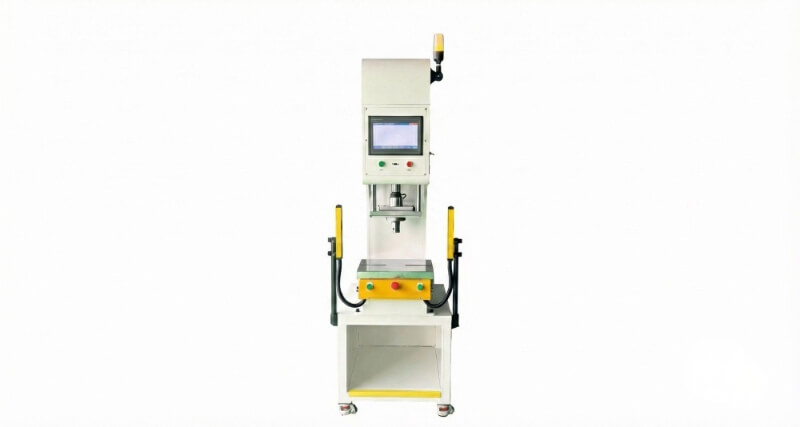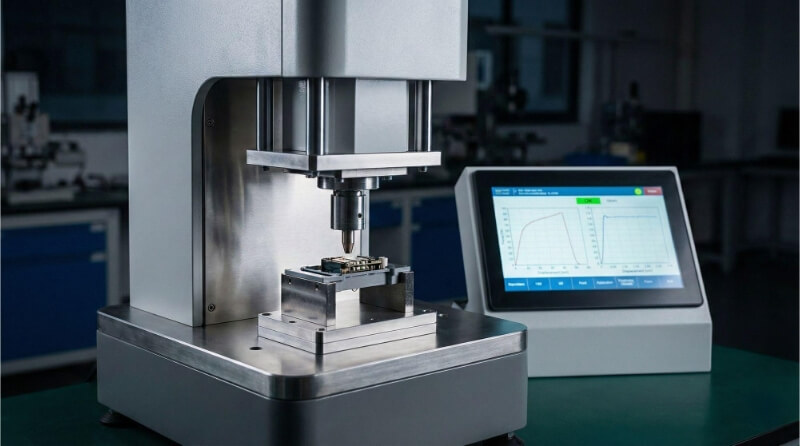Stainless steel is visually appealing and boasts impressive corrosion resistance, durability, and strength. These qualities make it popular in various applications, from kitchen appliances to structural components.
However, many people find themselves intimidated by the process of welding stainless steel. Some believe that welding stainless steel is only for those with years of experience, leading to the misconception that it’s too challenging for beginners. But is that the case?
The good news is that anyone can learn to weld stainless steel effectively with the right knowledge and practice. This article will explore the essential steps and techniques needed to master this skill, helping you overcome any doubts and misconceptions.
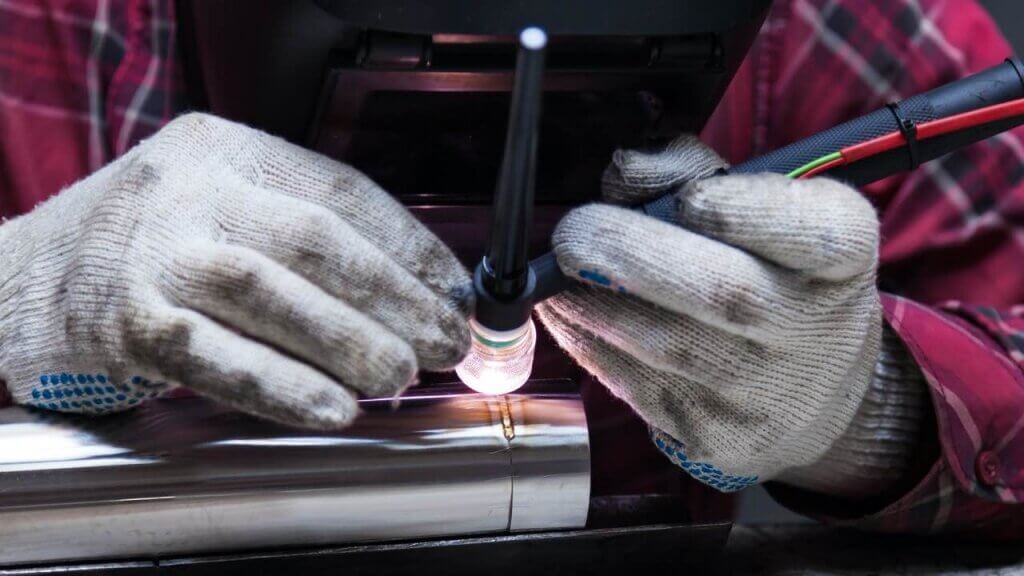
Common Misconceptions About Welding Stainless Steel
Some believe that welding stainless steel requires years of experience, while others think the material is too difficult to work with. These misconceptions can deter beginners and even experienced welders from attempting to work with this versatile metal.
Can You Weld Stainless Steel?
You can weld stainless steel! Many welding methods suit this material, including MIG, TIG, and stick welding. Each method has its advantages and is effective when done correctly.
The key is to understand the properties of stainless steel and choose the right technique for your specific project. With proper preparation and practice, anyone can successfully learn to weld stainless steel.
Is Welding Stainless Difficult?
Welding stainless steel can be tricky, especially for beginners. Its ability to retain heat means excess heat can cause warping or distortion. Additionally, stainless steel reveals every imperfection in the weld, making it seem more suited for experienced welders.
However, it’s not impossible for newcomers. With the right knowledge and practice, anyone can learn to weld stainless steel effectively. Understanding the specific alloy and using the correct filler material and settings are crucial.
Choosing the Right Welding Method
Selecting the right welding method is essential for creating strong and clean welds in stainless steel. Here are the three most common methods:
- MIG Welding: This method is great for beginners because it’s easy to use and fast. It employs a continuous wire feed, making it suitable for thicker materials.
- TIG Welding: Known for its control and precision, TIG welding is ideal for thin materials and detailed designs. While it requires more skill, it results in high-quality welds.
- Stick Welding: A versatile choice that performs well outdoors and on dirty surfaces. Although it’s less frequently used for stainless steel, it can be effective with the right technique.
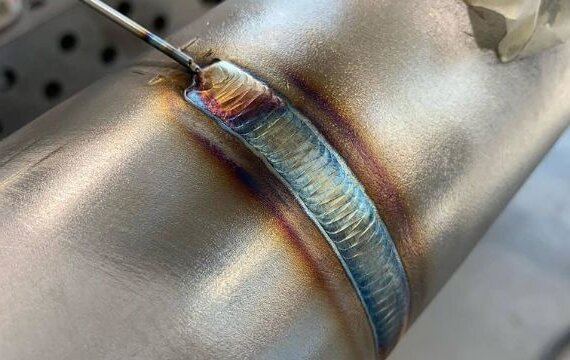
How to Weld Stainless Steel? Step by Step
Mastering stainless steel welding requires practice and attention to detail. Let’s break down the process to help you become more confident in your welding skills.
Step 1: Gather Your Equipment
Before you start welding, ensure you have all the necessary equipment:
- Welding Machine: Choose a TIG or MIG welder based on your project needs.
- Electrodes/Filler Rods: Select the appropriate filler material that matches the grade of stainless steel.
- Argon Gas: For TIG welding, argon is essential for shielding.
- Safety Gear: Wear gloves, a welding helmet, and protective clothing to shield yourself from sparks and UV radiation.
Step 2: Set Up Your Welder
Configure your welding machine according to the thickness of the stainless steel:
- TIG Welding: Set your welder to DCEN (Direct Current Electrode Negative) polarity. Adjust the amperage based on the material’s thickness.
- MIG Welding: Use a higher deposition rate for thicker materials while ensuring proper gas coverage.
Step 3: Prepare the Metal
Proper preparation is crucial for a successful weld:
- Clean the Surface: Remove dirt, grease, or oxidation using a stainless steel brush or grinder.
- Fit-Up: Ensure that pieces fit together tightly without gaps.
Step 4: Put On Safety Gear
Always prioritize safety:
- Wear a welding helmet with appropriate shading.
- Use gloves and protective clothing to prevent burns and injuries.
Step 5: Start Welding
Begin the welding process:
- Hold the torch at a 15-20 degree angle from the workpiece.
- Start the arc using a foot pedal (for TIG) or trigger (for MIG).
Step 6: Add Filler Metal
As you weld:
- Gently introduce filler metal into the weld pool.
- Maintain a consistent travel speed to ensure even heat distribution.
Step 7: Control Heat Input
Managing heat is vital:
- Avoid overheating by adjusting travel speed and amperage.
- Use shorter welds to minimize heat buildup.
Step 8: Finish the Weld
Complete your weld carefully:
- Slowly lift the torch away from the workpiece while shielding it with argon until it cools down.
Step 9: Inspect and Clean the Weld
After welding:
- Inspect for defects such as cracks or porosity.
- Clean off any discoloration or spatter using a wire brush.
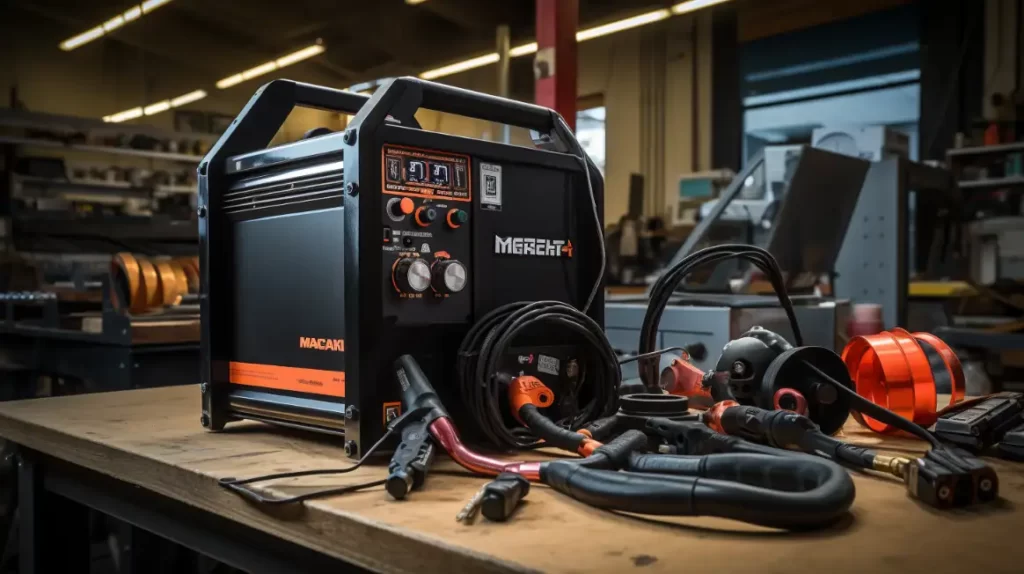
Tips for Successfully Welding Stainless Steel
Welding stainless steel can be a rewarding yet challenging task. To achieve the best results, consider these essential tips that will help you navigate the complexities of this material:
- Understand the Material: Familiarize yourself with the specific type of stainless steel you are working with, as different alloys have unique properties and welding requirements.
- Choose the Right Process: Select a welding method that suits your project needs. MIG and TIG welding are popular choices, each offering distinct advantages depending on the application.
- Control Heat Input: Stainless steel is sensitive to heat. Use lower amperage and voltage settings to prevent overheating, which can lead to distortion and loss of corrosion resistance.
- Maintain a Clean Workspace: Contaminants can compromise weld quality. Ensure your work area is free from oils, grease, and debris, and use dedicated stainless steel brushes to avoid cross-contamination.
- Preheat When Necessary: Preheating can help reduce thermal shock and improve weld quality for thicker materials or certain alloys.
- Use Appropriate Filler Material: Match your filler metal to the base material for optimal results. Common choices include 308L, 309L, and 316L, depending on the alloy being welded.
- Pay Attention to Travel Speed: Consistent travel speed is crucial for achieving good penetration and preventing overheating. Practice finding the right pace that maintains a stable arc without causing defects.
- Back Purge for Quality: When welding pipes or tubes, back purging with inert gas helps protect the weld from oxidation and contamination on both sides.
Is MIG or TIG better for stainless steel?
When welding stainless steel, both TIG and MIG methods have their strengths, making them suitable for different applications.
TIG Welding is often considered the superior choice for stainless steel due to its ability to produce high-quality, aesthetically pleasing welds. However, TIG welding requires a higher skill level and is generally slower than MIG welding.
MIG Welding is favored for its speed and ease of use. It is particularly effective for thicker materials and larger projects, where a clean appearance may not be as critical. MIG welding is also easier to learn, making it a popular choice for beginners.
In summary, choose TIG for high-quality finishes on thin stainless steel and MIG for quicker production on thicker materials.
Conclusion
Welding stainless steel presents unique challenges, but anyone can achieve successful results with the right knowledge and techniques. Understanding the properties of stainless steel, selecting the appropriate welding method, and using the right tools are essential.
If you have questions or need assistance with your stainless steel welding projects, don’t hesitate to reach out! Contact us today to discuss your requirements and discover how we can help you achieve outstanding results.
Hey, I'm Kevin Lee

For the past 10 years, I’ve been immersed in various forms of sheet metal fabrication, sharing cool insights here from my experiences across diverse workshops.
Get in touch

Kevin Lee
I have over ten years of professional experience in sheet metal fabrication, specializing in laser cutting, bending, welding, and surface treatment techniques. As the Technical Director at Shengen, I am committed to solving complex manufacturing challenges and driving innovation and quality in each project.

